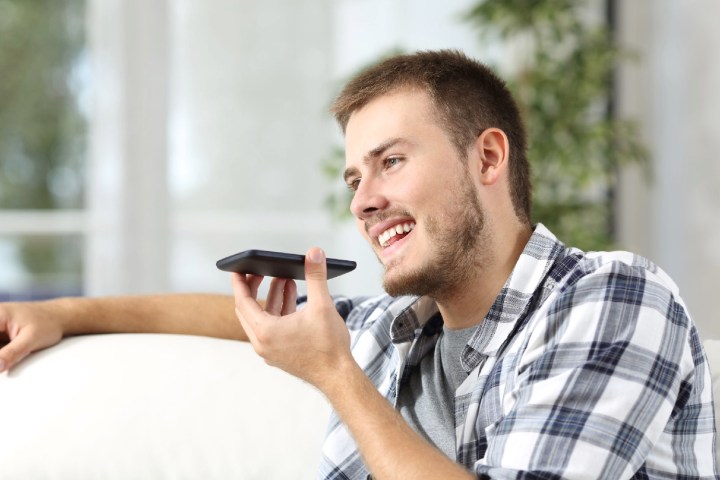
Guess which one of these categories “transcribing lengthy passages of audio” falls into?
The groundbreaking tool in question is a web app called Trint, a portmanteau of “transcription” and “interview,” which promises to listen to long blocks of text and transcribe it almost flawlessly. It can even do neat things like distinguishing between multiple people in a recording, or letting you assign time code to your transcription for later reference.
“We use the best automated speech-to-text you will find,” CEO and co-founder Jeffrey Kofman told Digital Trends. “With reasonably clear audio we can return transcripts that are 95-98 percent accurate. When you take very clear speakers like Trump or Obama, our automated transcripts are often 99 percent accurate. People tell us they think what we’ve built is magic.”

As a former journalist, Kofman appreciates that professionals such as researchers, lawyers, and others need to know that they can trust their transcripts. As a result, Trint marries two pieces of software to allow for a toolset that not only carries out automated speech-to-text, but also provides a simple, intuitive way to quickly search, verify and if necessary correct the output.
As such, the software comprises both a text editor and audio/video player, which lets users check the finished product like a karaoke track, with both video and text on screen at the same time. If they spot an error, it’s incredibly easy to correct it.
Trint can transcribe in North American, British and Australian English, along with 12 other languages including French, German, Spanish, Italian, Portuguese, and Russian. Kofman notes that it’s no miracle worker — so you’ll need to provide decent audio to get a good output — but it’s amazing what it can do.
The service is currently available, priced at $10-15 per hour depending on the type of audio. If you want to check it out as a comparison to existing dictation tools, Trint offers a free 30-minute trial.
“In the coming months, you will see Trint begin to release a series of publishing tools and social media integrations that for the first time will make it easy to quickly and cost-effectively transcribe and share recorded content, and instantly make it searchable on Google,” Kofman said.


